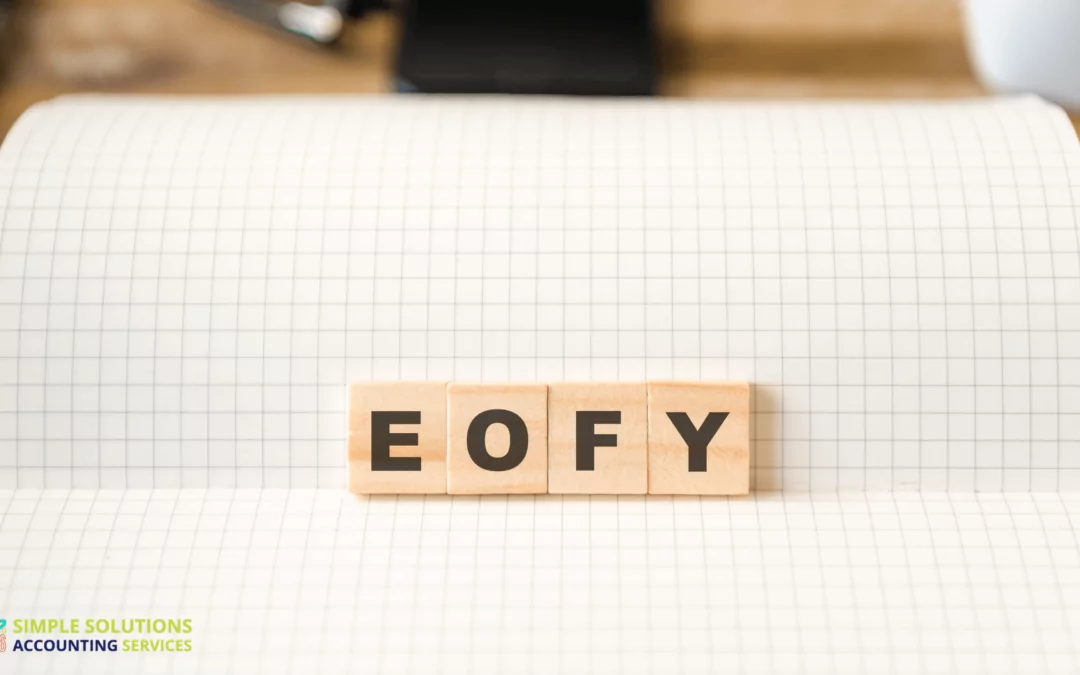Following on from our overview of how to turn your hobby into a business, let’s look in more depth at the sixth step: We all need fans (aka customers) – do we know who they are?
It’s all very well having a kick-ass business plan, structure, logo and website, not to mention a cloud based accounting package set up and ready to record transactions, but if there are no customers – well, there is nothing to record!
So, who is your customer? Who are they, what do they like, what do they WANT?
Once you have that worked out – your marketing message needs to deliver, in 8 seconds or less, how your business will satisfy that want. You have “two clicks” or less on your website to tell your story, so be crisp and concise. What do you do, and why you do it better than anyone else?
Price point is not always a factor. If you are best at what you do, people will pay more. You don’t have to be cheaper than chips to get business. You need to satisfy your customer’s want, and go above and beyond with exceptional customer service.
Marketing and branding is all about consistency and should be linked to what your message is ALWAYS. Your marketing should be based on what the mission is of your business, and should align to the values that your business is built on. Your mission should be able to fit on a T-Shirt slogan and states in as few words as possible why you do what you do.
The look and feel of your marketing should also have similarities – so choose the colours that work with your logo, and a font that works with the logo – and use those colours and font on all your messaging. That way your customer associates those colours and font with the brand.
You may have more than one type of customer profile. Profiling is not discussed here, except to say those profiles should be marketed to with a different message (as to what WANT will be satisfied), and perhaps on different platforms, but with the same look and feel of colours and font. For example – say you have a natural remedy that assists with sleep in children.
One of your target customers is the mother of the child, who just wants a decent night’s sleep for her child, and also for herself. Your message to her is how you will improve her child and her life at the same time. The other target customer – may be a health practitioner that may stock your product or refer you on. The marketing to them will be focused on scientific and research based findings – so they can confidently refer on without fear of being sued for a product that causes massive side effects. Different WANTS equals different message.
If budgets are tight, there are heaps of freebies you can do:
- Get the basics right on your website – we touched on this in an earlier blog post, TURN YOUR HOBBY INTO A BUSINESS STEP 4 – BRANDING, but make sure that your headers, meta tags, content and url’s all contain your keywords. Name and describe the media on your website, include as many videos as possible. Ensure your website loads as fast as possible.
- Social media – choose the platform that fits your business and work it consistently (message, colours, style and fonts). Facebook, Instagram, Pinterest, Linked in, Twitter all have different audiences – so use them for the reason they were intended. Keep your personal separate from your business. No table dancing, beer funnelling, tequila induced shots should end up anywhere near your professional pages.
- Take the time and list your business on all the local search sites. These all have free to list options.
For example, yellow pages, hot frog, gumtree, Google plus, superpages, foursquare, BBB.org etc. This also helps to create the back links to your website that is critical for SEO. - Claim your address on Google, so that you can be found.
- Blog regularly, and send out monthly newsletters packed with value, and some “hidden” call to actions – you are reminding customers who you are and what you do, and you are building trust by providing nuggets of gold information to them, without immediately asking for more.
- Partnerships and collaborations where possible, and where the two brands work together, and have aligned values.
- Network! And follow up those networks – with a Linkedin request (personalised) or a follow up email to say “good to have met you”, and add them to your database.
- Cold call if you need to – including pounding the streets and delivering pamphlets or brochures to targeted audiences. Delivering a dance-wear brochure to a retirement village has no purpose – unless it is packaged to say “stuck for a Christmas or birthday present for your grandchild, get them something they can use again and again”. But – even this option would have very limited results. Rather focus on schools. Your time is finite, you can’t be everything to everyone so make your efforts count.
- Offer free workshops (or really affordable ones – remember, 10 people at $35 is the same as 2 at $175) and you have ten leads for future marketing and business instead of two, and you are building a trust relationship with ten people instead of two. As you become established as the expert you can charge $175 and get 100 people there, but as a start up, building trust and credibility is key.
- Loyalty cards or a points system work a treat, and value bundles do too.
- Offer free shipping. This may get a sale over the line too (Build this cost into the product price).
When you have made the sale – make sure you ask for testimonials and reviews and or referring a friend – you provide the best goddamn service or product, so get your customers to tell the world. You can set up email responders and customer satisfaction surveys that are automated, so this is not an administrative time drain on you. Make sure though you take the feedback on board, and use it to improve. Follow up complaints, and thank people for compliments. No one wants to go to the effort of writing a review and not have it acknowledged. Shoppers in Australia tend to read 5 to 8 reviews before making a purchase. You cannot put a price on a word of mouth referral – the trust is already established. The referee trusts the referrer who trusts you, so boom!
So, once you have your customer – you need to keep that customer. Service that goes above and beyond. Under promise and over deliver. The key to earning market share is building customer relationships. Attracting new customers comes at a high price. Repeat customers are the key to a successful business. 52% of new business comes from a referral.
Just remember that sometimes the customer is not always king – and that you can focus on the customers that provide you with the most pipeline and return on investment, as well as make you happy. So measure your customers lifecycles and spend patterns and return on investment. Know their value. Be sure to consider qualitative as well as quantitative. Maybe a customer only spends a few $$$ with you each year but is constantly referring business to you and recommends you at every chance possible. How valuable is that customer?!
Small businesses should strive to “Make a customer, not a sale” – wise words from Katherine Barchetti.



